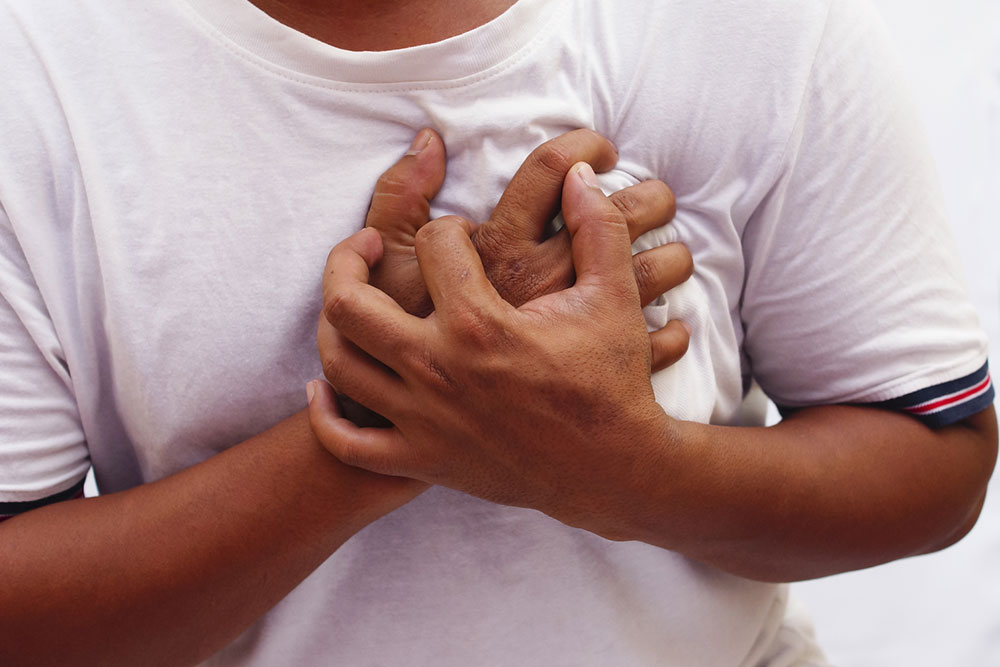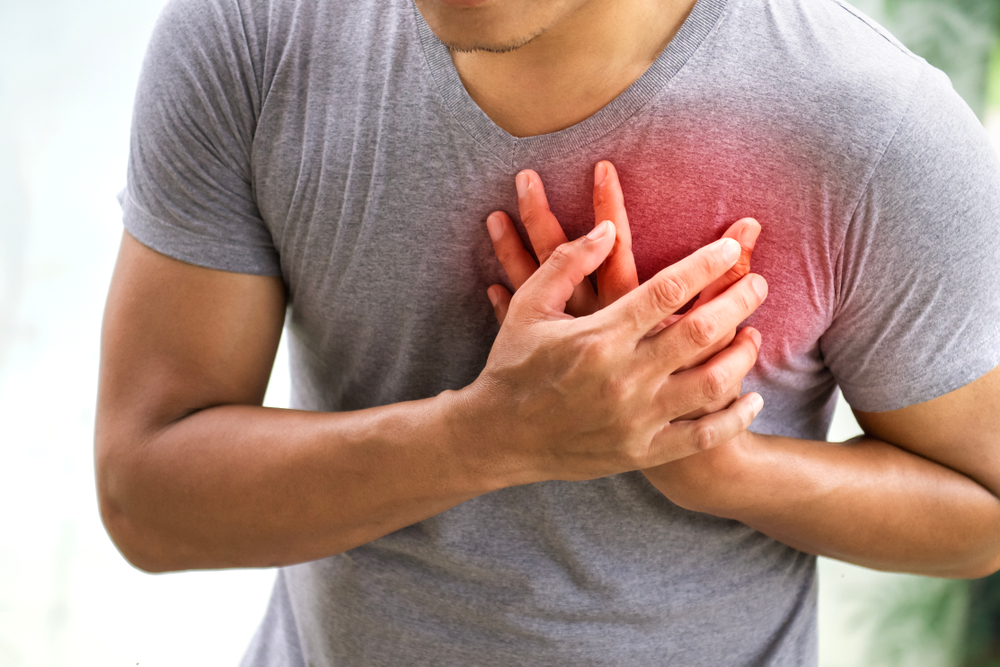Comprehensive Overview of Causes Leading to Chest Discomfort and Tightness
This comprehensive article explores the diverse causes of chest discomfort and tightness, emphasizing the importance of prompt recognition and timely medical intervention. It covers heart, respiratory, digestive, musculoskeletal, and psychological factors, providing essential guidance on symptoms and urgent care needs, making it a valuable resource for those experiencing chest symptoms.

Experiencing chest discomfort and tightness can be a distressing symptom that prompts concern about one's health. These sensations can stem from a variety of medical conditions, ranging from minor issues to life-threatening emergencies. Understanding the underlying causes of chest symptoms is essential for timely diagnosis and effective treatment. In this comprehensive guide, we will explore the most common and critical causes of chest discomfort, how to recognize their symptoms, and when to seek immediate medical attention.
Chest discomfort is a broad term that encompasses various sensations such aspressure, pain, tightness, or squeezing in the chest area. While some causes are harmless and temporary, others may indicate severe underlying health problems that require urgent intervention. It is crucial to pay close attention to associated symptoms and the duration of discomfort to determine the urgency of medical assessment.
Common Causes of Chest Discomfort and Tightness
1. Heart-Related Conditions
The heart is often associated with chest pain, given its central role in circulatory health. Among the most serious causes are heart-related issues such as angina and heart attacks. Both conditions are caused by insufficient blood flow to the heart muscle, often due to blockages in coronary arteries.
Angina: Typically manifests as a squeezing or feeling of pressure in the chest, often triggered by physical exertion or emotional stress. It may radiate to the arms, neck, jaw, or back. Although angina is not an emergency in all cases, its presence warrants medical evaluation to prevent progression to a heart attack.
Myocardial Infarction (Heart Attack): Presents as severe, persistent chest pain, often accompanied by shortness of breath, sweating, nausea, or lightheadedness. Immediate medical attention is critical, as a heart attack can cause irreversible heart damage.
2. Respiratory System Disorders
Conditions affecting the lungs and airways are common causes of chest tightness. These include:
Pneumonia: An infection that inflames the lung tissue, leading to chest pain, cough, fever, and difficulty breathing. The pain may be sharp or dull and worsens with breathing or coughing.
Collapsed Lung (Pneumothorax): Occurs when air leaks into the space between the lung and chest wall, causing sudden chest pain and shortness of breath. This condition requires emergency treatment.
Asthma: A chronic respiratory condition that causes airway constriction, resulting in chest tightness, wheezing, and difficulty breathing, especially during attacks.
Lung Tumors or Cancer: Malignant growths in the lung can cause persistent chest discomfort, cough, weight loss, and sometimes hemoptysis (coughing up blood).
3. Digestive System Issues
Many digestive conditions can mimic heart-related chest pain or cause discomfort in the chest area:
Gastroesophageal Reflux Disease (GERD): Characterized by acid reflux irritating the esophagus, leading to a burning sensation or chest tightness, often called heartburn. Symptoms often worsen after meals or when lying down.
Esophageal Tears or Spasms: Sudden tears or spasms in the esophagus can cause sudden severe chest pain which may mimic cardiac pain.
Gallstones: Although primarily affecting the abdomen, gallstones can sometimes cause referred pain to the chest region, especially after eating fatty foods.
4. Musculoskeletal Causes
Strain or injury to the chest wall muscles, ribs, or cartilage can cause localized pain and tightness. Activities such as heavy lifting, trauma, or vigorous exercise are common causes.
5. Anxiety and Psychological Factors
Stress, panic attacks, and anxiety disorders can produce chest tightness, rapid heartbeat, dizziness, and breathing difficulties. These symptoms may be recurrent and often worsen during stressful periods.
When to Seek Emergency Medical Care
While some causes of chest discomfort are benign, certain signs necessitate urgent medical attention. Immediate care should be sought if any of the following symptoms are present:
Severe chest pain or pressure that lasts more than a few minutes
Pain radiating to the arm, neck, jaw, or back
Sudden shortness of breath or difficulty breathing
Profuse sweating or nausea accompanying chest pain
Loss of consciousness or fainting
Palpitations or irregular heartbeat
Diagnostic Approaches and Treatment Options
Diagnosis of the cause behind chest discomfort involves a combination of history taking, physical examination, and diagnostic tests. Common evaluations include an electrocardiogram (ECG), chest X-ray, echocardiogram, blood tests, and stress tests. For respiratory issues, spirometry or imaging studies like CT scans may be conducted. Digestive causes might require endoscopy or stool studies.
Treatment depends on the underlying condition. For heart-related issues, medications like nitrates, beta-blockers, or surgical interventions may be necessary. Respiratory conditions may require inhalers, antibiotics, or oxygen therapy. Digestive problems are managed via proton pump inhibitors, lifestyle modifications, or endoscopic procedures.
Conclusion
Chest discomfort and tightness can be symptoms of a wide range of health issues, some requiring emergency care, others manageable with medical treatment or lifestyle changes. Recognizing warning signs early and consulting healthcare professionals promptly can significantly improve outcomes. Never ignore severe or persistent chest pain — timely medical intervention can be lifesaving. Regular check-ups and maintaining overall cardiovascular and respiratory health are crucial for preventing severe episodes and ensuring long-term well-being.





